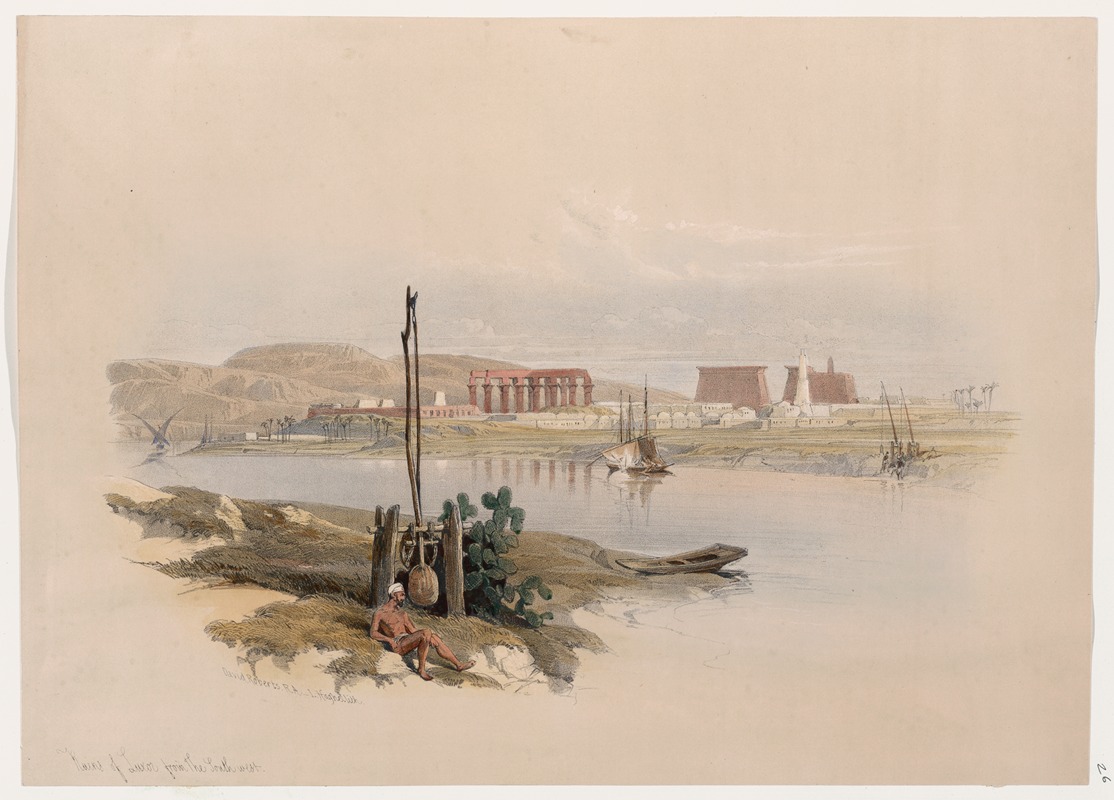
Ruins of Luxor, from the south-west.
A hand-painted replica of David Roberts’s masterpiece Ruins of Luxor, from the south-west., meticulously crafted by professional artists to capture the true essence of the original. Each piece is created with museum-quality canvas and rare mineral pigments, carefully painted by experienced artists with delicate brushstrokes and rich, layered colors to perfectly recreate the texture of the original artwork. Unlike machine-printed reproductions, this hand-painted version brings the painting to life, infused with the artist’s emotions and skill in every stroke. Whether for personal collection or home decoration, it instantly elevates the artistic atmosphere of any space.
David Roberts' painting "Ruins of Luxor, from the South-West" is a 19th-century artwork that depicts the ancient ruins of Luxor, located in modern-day Egypt. The painting is part of Roberts' extensive body of work that focused on documenting the architecture, landscapes, and cultural heritage of the Middle East and North Africa during his travels in the region.
David Roberts (1796–1864) was a Scottish painter known for his detailed and romanticized depictions of historical and architectural landmarks. In 1838, Roberts embarked on a journey to Egypt and the Levant, where he created numerous sketches and studies of the sites he visited. These works were later transformed into lithographs and paintings, which gained widespread acclaim in Europe and contributed to the growing fascination with the ancient world during the 19th century.
The ruins of Luxor, featured in this painting, are part of the ancient city of Thebes, a UNESCO World Heritage Site. Luxor is home to some of the most significant monuments of ancient Egyptian civilization, including the Luxor Temple and the Karnak Temple complex. The Luxor Temple, which is likely the focus of Roberts' painting, was primarily constructed during the reigns of Pharaohs Amenhotep III and Ramses II, around the 14th and 13th centuries BCE. The temple was dedicated to the Theban Triad of gods: Amun, Mut, and Khonsu.
Roberts' painting captures the grandeur and decay of the Luxor ruins, emphasizing the interplay of light and shadow on the ancient stone structures. His work is notable for its attention to architectural detail and its ability to convey the scale and atmosphere of the sites he depicted. The painting reflects the Romantic era's interest in the sublime and the exotic, as well as the 19th-century European fascination with Egyptology, which was spurred by the decipherment of hieroglyphs and the publication of travel accounts.
"Ruins of Luxor, from the South-West" was likely created based on sketches Roberts made during his visit to Luxor in 1838. These sketches were later turned into lithographs by Louis Haghe, a prominent lithographer, and published in Roberts' monumental work, The Holy Land, Syria, Idumea, Arabia, Egypt, and Nubia (1842–1849). This publication played a significant role in popularizing the ancient sites of Egypt and the Middle East among European audiences.
Roberts' artistic legacy lies in his ability to document historical sites with both accuracy and artistic flair, providing a visual record of places that were, at the time, largely unfamiliar to the Western world. His works remain valuable not only as artistic achievements but also as historical documents that offer insights into the state of these ancient monuments in the 19th century.





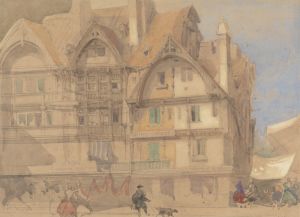
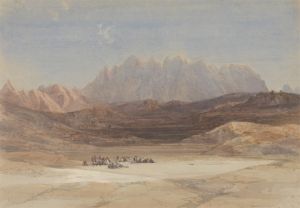
![Edfou [Edfu, Idfû]. Nov. 24th, 1838.](/imgs/217476/s/david-roberts-edfou-edfu-idfu-nov-24th-1838-1a041c82.jpg)
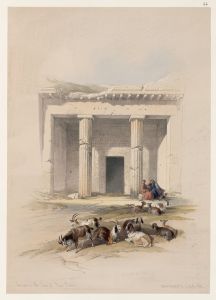
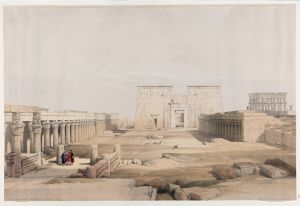
![Hermont [Armant], ancient Hirmonthis. Nov. 26th, 1838.](/imgs/217496/s/david-roberts-hermont-armant-ancient-hirmonthis-nov-26th-1838-3fc57e5.jpg)
![Ruins of Karnack [Karnak].](/imgs/217533/s/david-roberts-ruins-of-karnack-karnak-f5b9f9ff.jpg)
![Temple of Wady Kardassy [Qirtâsî] in Nubia.](/imgs/217550/s/david-roberts-temple-of-wady-kardassy-qirtasi-in-nubia-d2cce283.jpg)
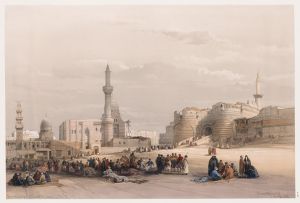
![The Great Sphinx, Pyramids of Gizeh [Giza]. July 17th, 1839.](/imgs/217557/s/david-roberts-the-great-sphinx-pyramids-of-gizeh-giza-july-17th-1839-98f269c8.jpg)
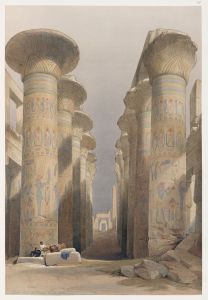
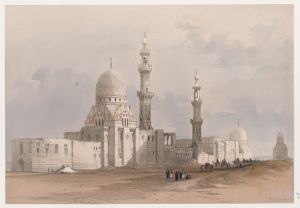
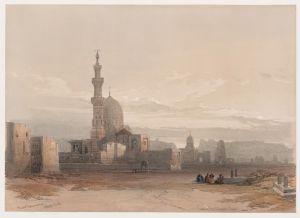
![Tombs of the Memlooks [Mamelukes], Cairo](/imgs/217569/s/david-roberts-tombs-of-the-memlooks-mamelukes-cairo-a3263294.jpg)